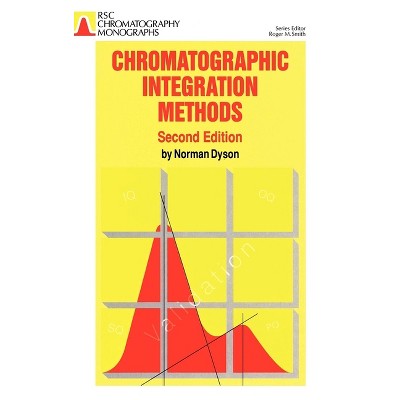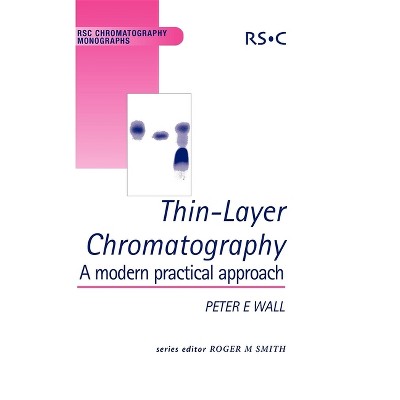Protein-Nucleic Acid Interactions - (Rsc Biomolecular Sciences) by Phoebe A Rice & Carl C Correll (Hardcover)

About this item
Highlights
- Written by a team of experts, this book bridges the gap between the DNA- and RNA- views of protein-nucleic acid recognition which are often treated as separate fields.
- About the Author: Dr Rice is an associate professor in the Department of Biochemistry & Molecular Biology at the University of Chicago.
- 397 Pages
- Science, Life Sciences
- Series Name: Rsc Biomolecular Sciences
Description
About the Book
Written by a team of experts, this book bridges the gap between the DNA- and RNA- views of protein-nucleic acid recognition which are often treated as separate fields.
Book Synopsis
Written by a team of experts, this book bridges the gap between the DNA- and RNA- views of protein-nucleic acid recognition which are often treated as separate fields.
From the Back Cover
The structural biology of protein - nucleic acid interactions is in some ways a mature field and in others in its infancy. Propelled by advances in technology as well as the realization of RNA's importance to biology, the number of example structures has ballooned in recent years. As a result of the explosion of research in this area, it is no longer possible to write a comprehensive review which makes it difficult for newcomers to the field to attain a solid understanding of the basics. One goal of this book is therefore to provide in-depth discussions of the fundamental principles of protein-nucleic interactions as well as to illustrate those fundamentals with up-to-date and fascinating examples for those who already possess some familiarity with the field. The book also emphasises the impact of structural biology on understanding how proteins interact with nucleic acids and it is intended for advanced students and established scientists wishing to broaden their horizons. A team of experts have been assembled to write the individual chapters of this book. The beginning chapters focus on more fundamental aspects of protein-nucleic acid interactions, such as thermodynamics and recognition strategies, while later chapters highlight more specialized topics in RNA and DNA metabolism, such as chaperones, modifying enzymes, topoisomerases, recombinases, and nucleases. Since it is impossible to cover all aspects of this rapidly expanding field, the editors have chosen to highlight a few topics that are fascinating in their own right while also providing a broad range of examples to underscore the basic principles.Review Quotes
"This book has been carefully edited, the font type used is comfortable to read, and the layout is inviting; more-over, the book makes extensive use of color illustrations, which is most welcome when looking at complex protein DNA/RNA structures. Overall the book presents a highly valuable collection of reviews that will be of interest to researchers and advanced students in chemical and structural biology...."
"This book has been carefully edited, the font type used is comfortable to read, and the layout is inviting; more-over, the book makes extensive use of color illustrations, which is most welcome when looking at complex protein DNA/RNA structures. Overall the book presents a highly valuable collection of reviews that will be of interest to researchers and advanced students in chemical and structural biology...."
-- "Chembiochem"About the Author
Dr Rice is an associate professor in the Department of Biochemistry & Molecular Biology at the University of Chicago. Having trained in the labs of Thomas Steitz at Yale and Kiyoshi Mizuuchi at NIH, she has a long-standing interest in the mechanisms and structural biology of DNA recombination. Dr Correll is an associate professor in the Department of Biochemistry & Molecular Biology at Rosalind Franklin University of Medicine and Science. Having trained in the labs of Profs. Martha Ludwig at the University of Michigan and Thomas Steitz at Yale University, he has a long-standing interest in structural biology. For the last decade his research has focused on how proteins cleave and/or rearrange the structure of RNA molecules.











